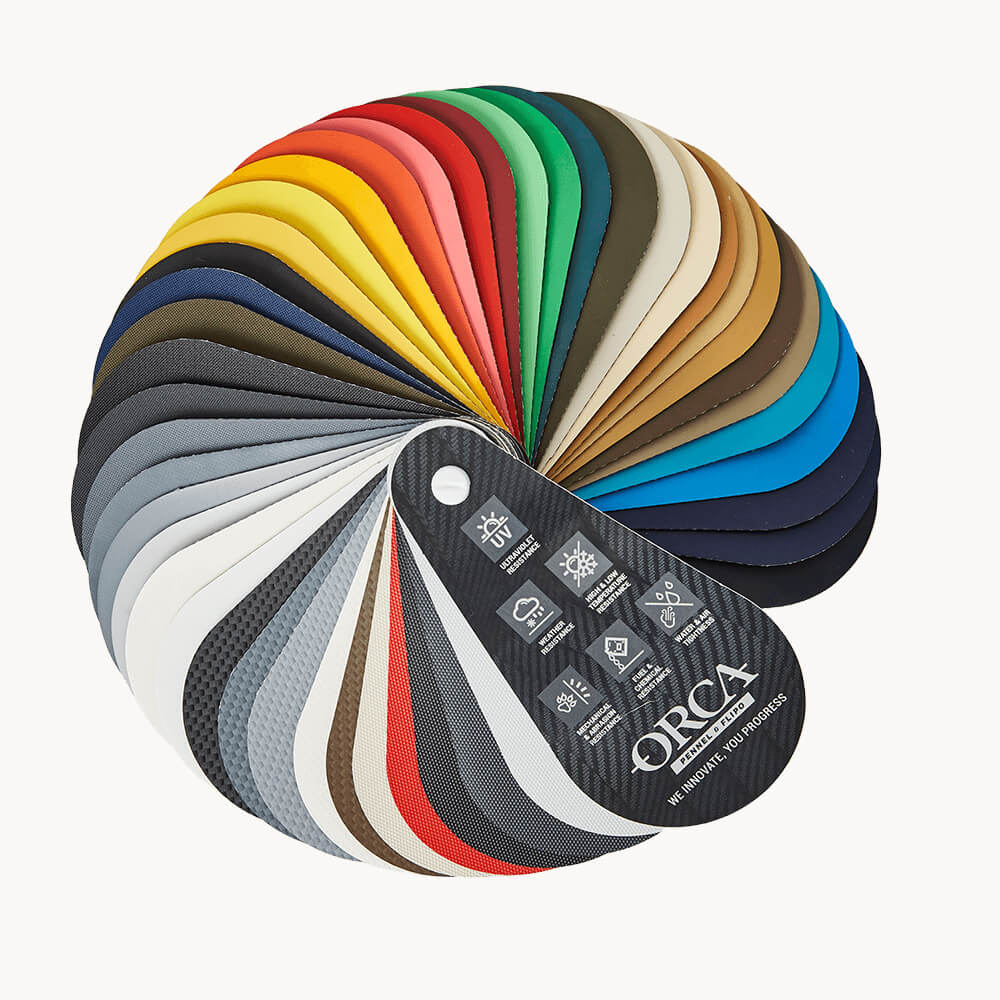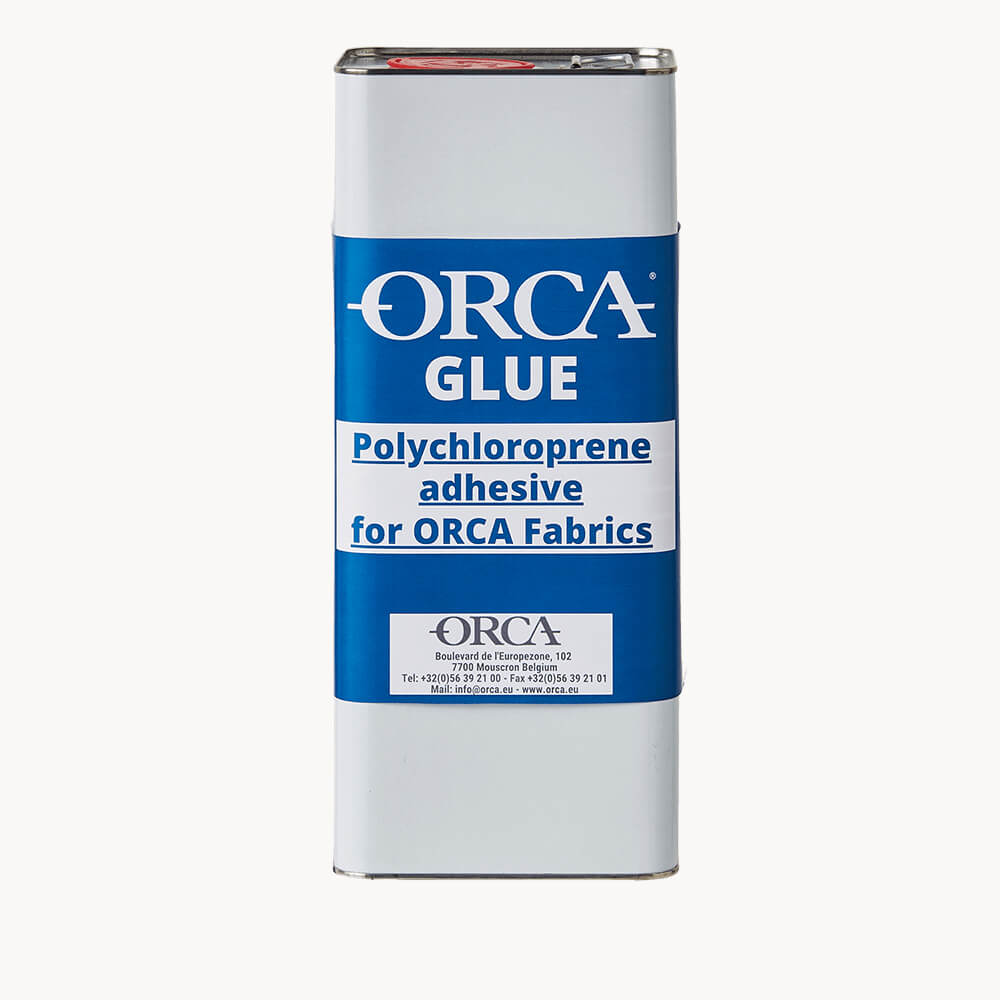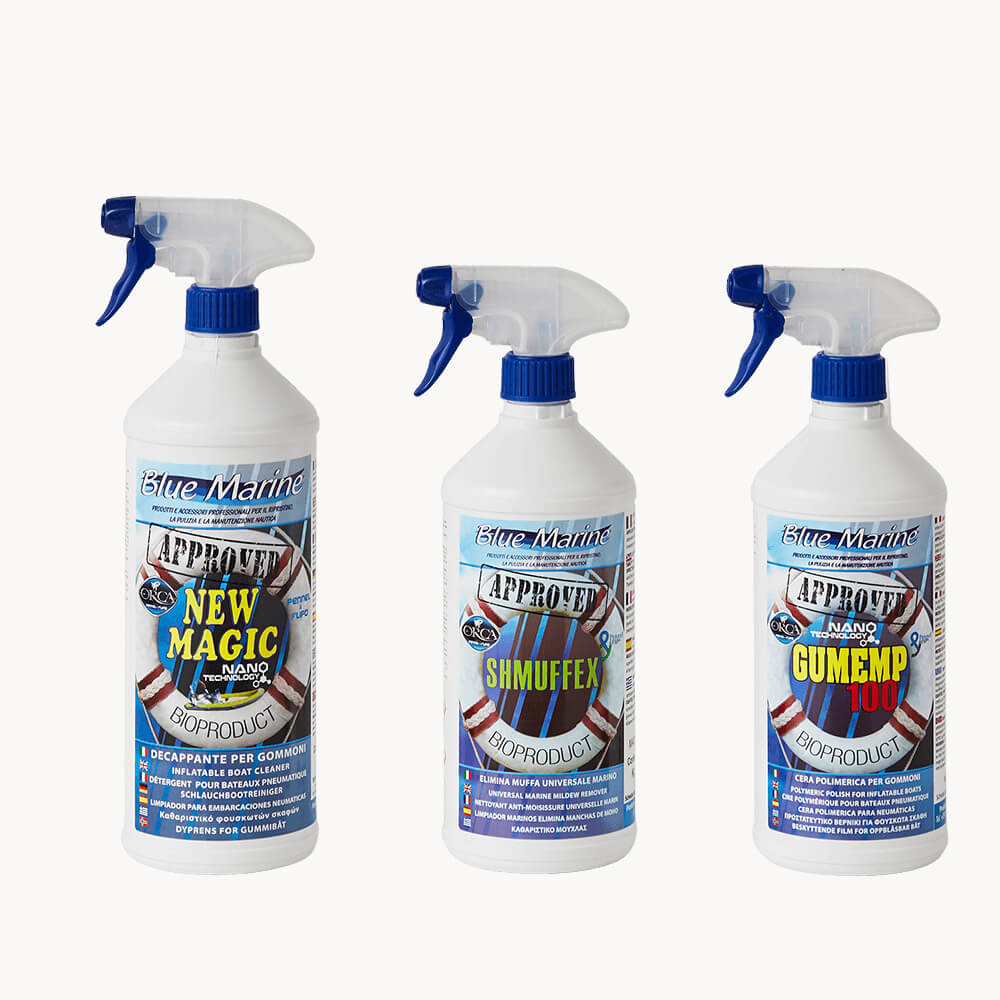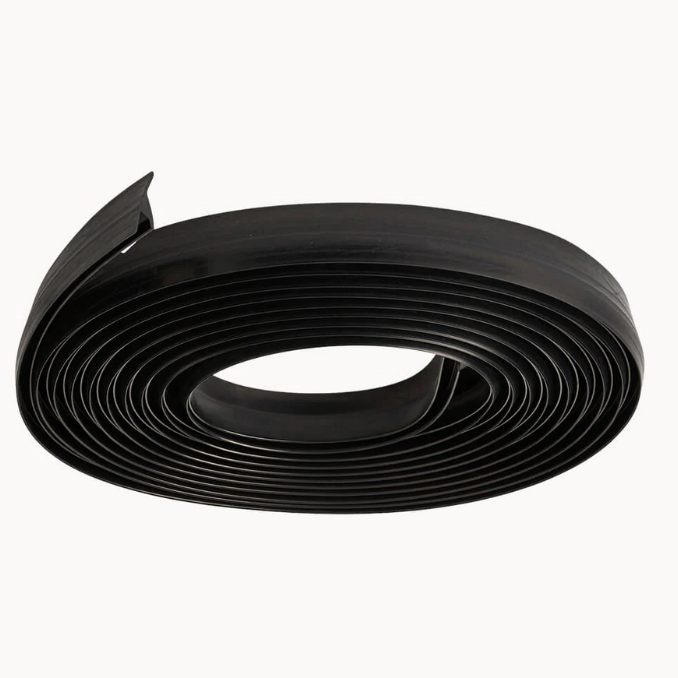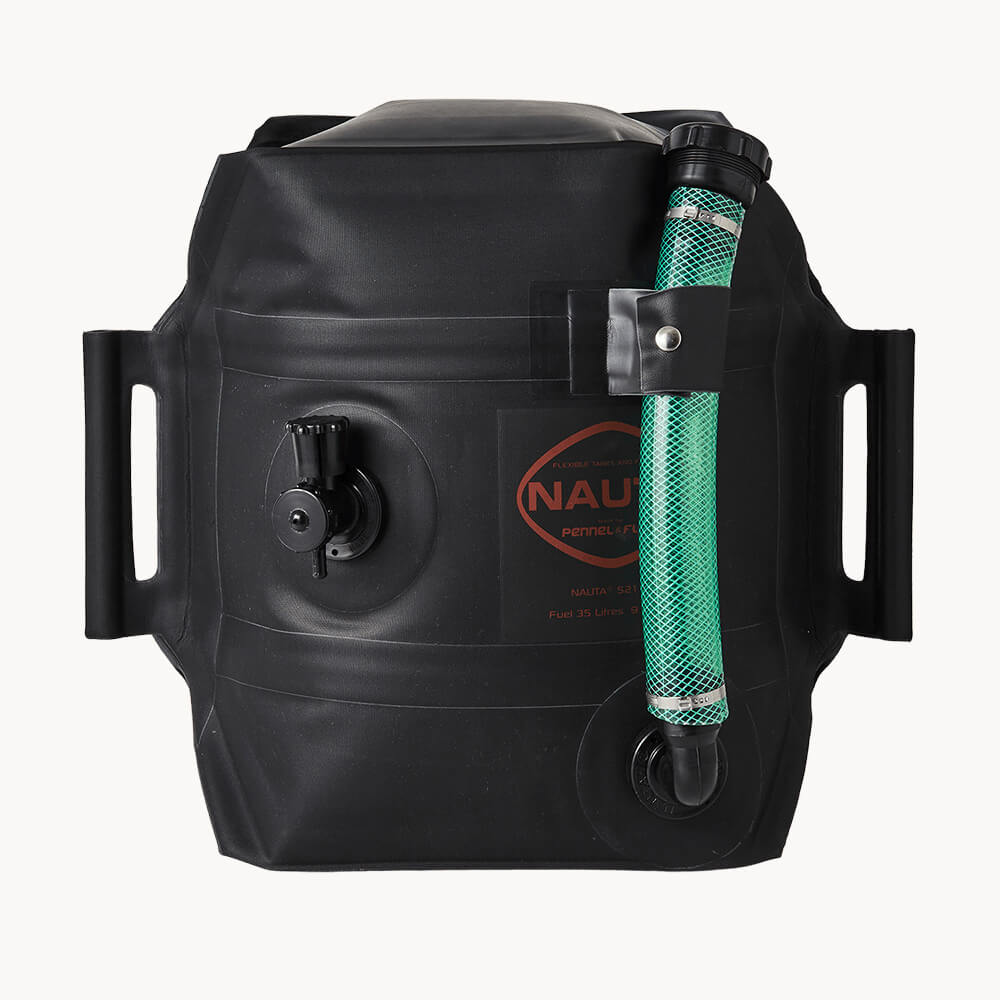
Guide to inflating your semi-rigid inflatable boat
Inflating your float tubes pneumatic tubes appropriately is crucial to the performance, safety, and lifespan of your RIB boat.
In fact, awell-inflated inflatable boat will be slightly faster than a less-inflated model, and will also consume less fuel, hence the importance of getting it right!
How to proceed? What instructions should you follow? What method should I use? Orca Retail answers all your questions about inflating your tyres!"
What inflation pressure for a semi-rigid boat?
In order to find out what the optimum pressure is for inflating your floats, the best thing is still to stick to the manufacturer's instructions! Indeed, manufacturers of RIB boats will be sure to indicate this information when you buy them or in their user manuals.
As a general rule, a fairly low pressure of 0.2 bar is recommended once in the water. But depending on the fabric used (PVC or Hypalon), the ideal pressure will not be the same. PVC (often used for small annexes) is less able to withstand excess pressure than Hypalon (used for larger models), which is more resistant to temperature differences.
If in doubt, do not hesitate to contact the manufacturers' after-sales services:
- Zodiac : By telephone on 118 707 (€0.80/min) or from their website zodiac-nautic.en
- Zar Formenti: after-sales service form.
- Highfield : By telephone on 02 98 36 68 47 or contact form.
What impact does the outside temperature have on inflation?
Temperature and exposure to the sun is your first enemy when it comes to the lifespan of your RIB and its bladders. The hotter it gets, the more internal pressure increases.
A difference of about 3 millibars per degree is estimated. If you inflate your bladders to around 0.20 bars (200 millibars), this means that on days when you happily have temperature differences of 15°C, you'll feel a clear difference!
So, depending on the season, your region or the time of day, the optimum will not be the same.
It is recommended, for example, that on a particularly hot day when your inflatable boat remains exposed to the sun for a long time, you operate a slight release of pressure (even if it means re-inflating a little later when the heat subsides).
During the hot summer months, it is therefore always necessary to under-inflate the floats to create a little depressurisation, compared with other times of the year.
This is also why it's important to cover and protect your semi-rigid craft when stored outdoors.
What impact does water temperature have on inflation?
If the outside temperature impacts the pressure of your bladders, so does that of the water! Ain contact with water, the pressure will drop with the temperature difference. That's why you may be slightly over-inflated compared to your objective.
How to check the inflation of pneumatic tubes
If you don't have any tools at your disposal, to check the pressure of the bladder and to be sure you're not making a mistake, you need to make sure that it should be slightly soft when you put your foot on it (and mark small creases in the fabric). It is also said that a pudding should be"hard on the thumb and soft on the knee".
For greater accuracy, the ideal is to purchase a manometer, available for around ten euros. By placing the manometer on the valve, you will get an immediate reading of the float pressure.
What is the risk of overinflating
Usually, RIB boats are fitted with pressure relief valves, which as a rule prevents serious problems.
But if this isn't your case, or if you simply want to be very careful about this point, be aware that under pressure, the gluing and seams of your socks are likely to give way. This will cause irreparable damage to your boat, not to mention the risk of explosion. Also, over-inflated bladders that lack flexibility will absorb shocks less well (e.g. when you pull into the dock), and will be damaged more easily.
So keep a close eye on the pressure used when inflating your RIB floats, and take environmental factors into account to a minimum.
ARE YOU PASSIONATE ABOUT BOATING AND SEMI-RIGID BOATS?
Read more about the world of RIBs:

